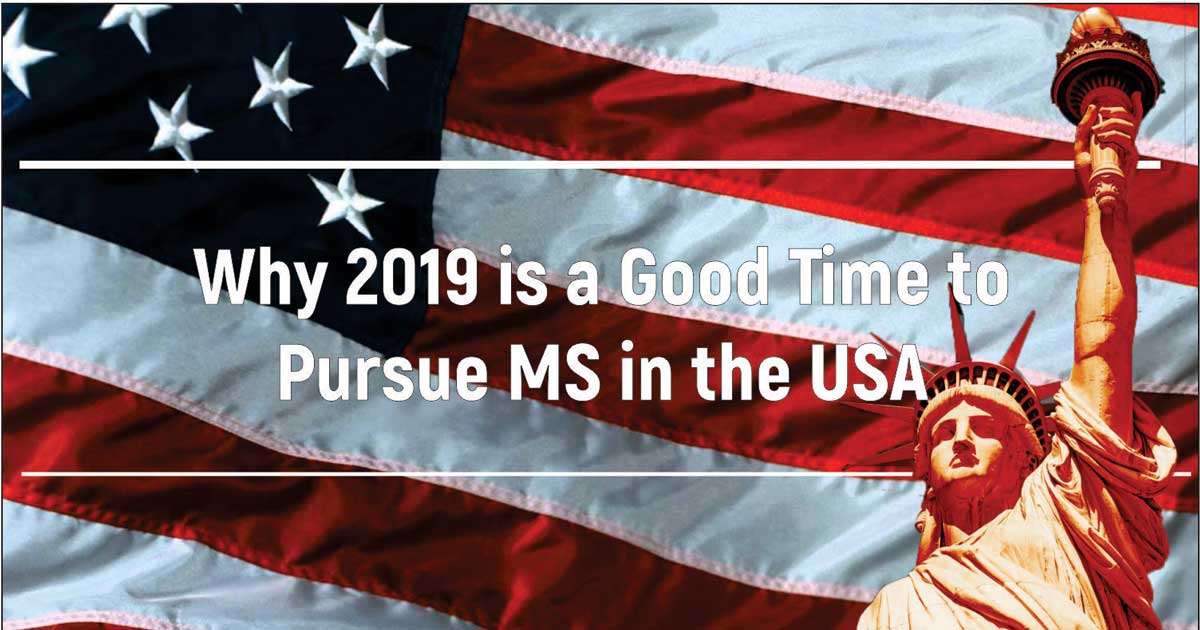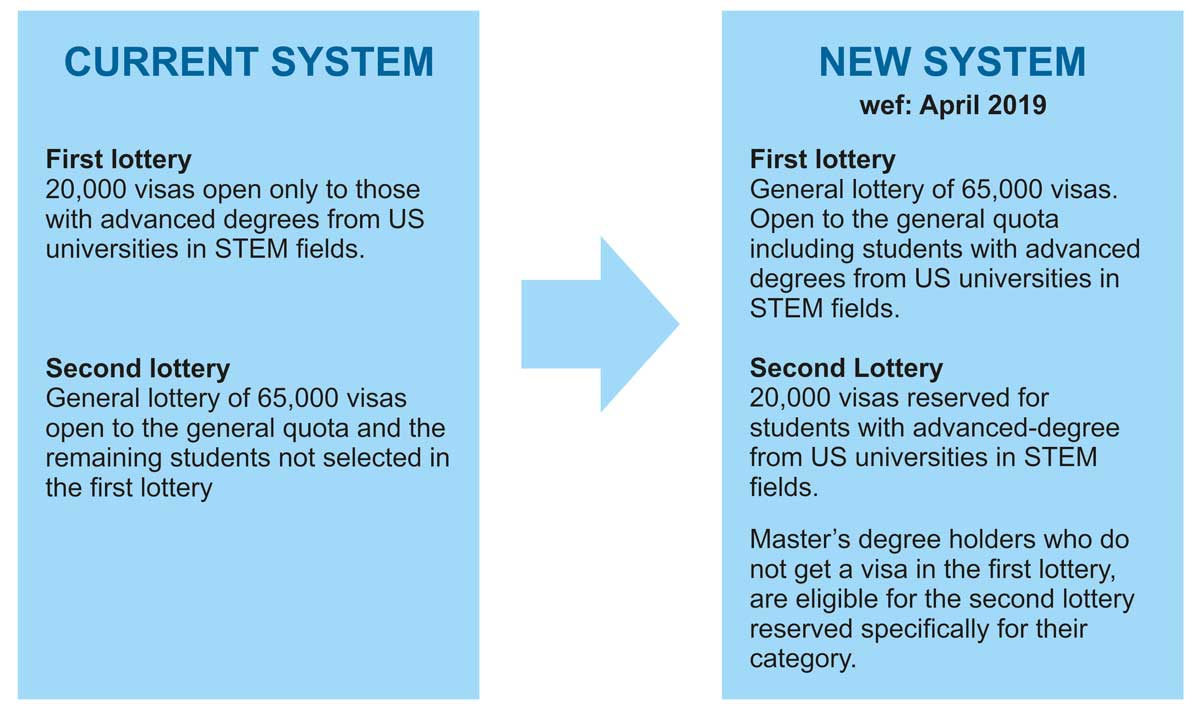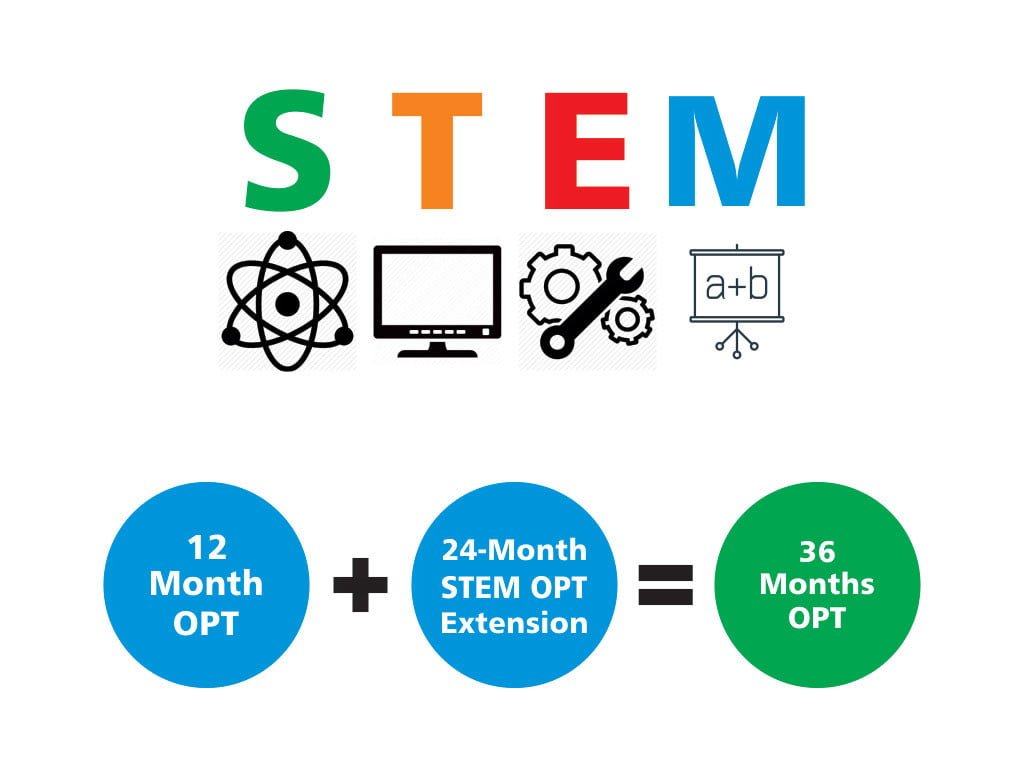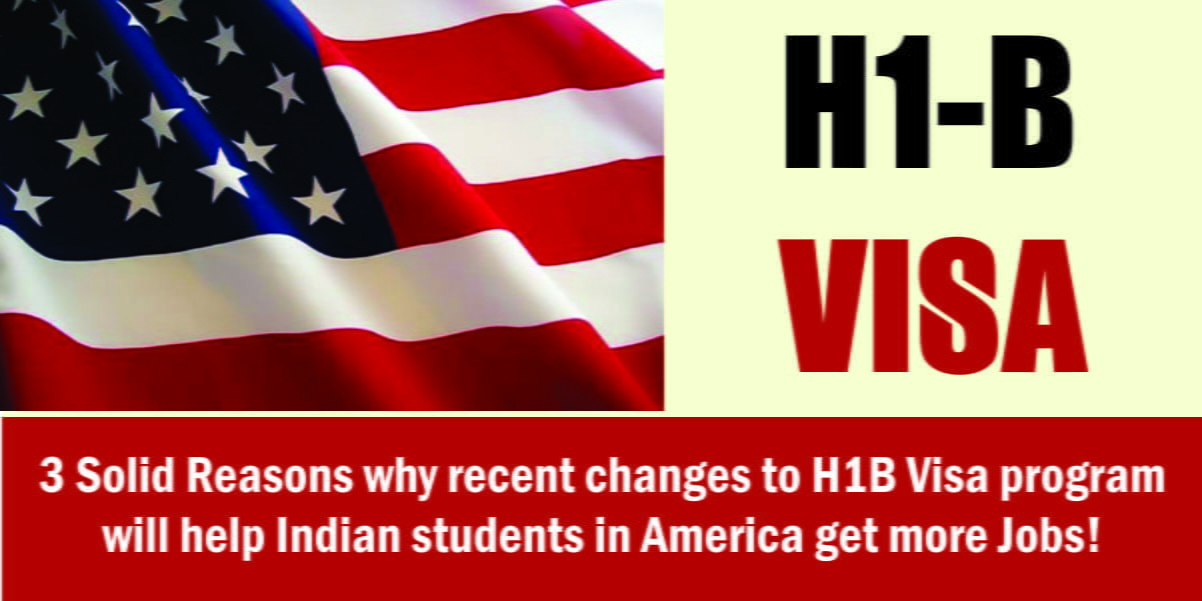In the last blog, we saw the fall 2020 course commencement decisions that the universities are likely to make.
As per the recent updates we received from the office of graduate and undergraduate admissions of a few universities, the fall 2020 admission process is going on and students who are still sending applications can connect with the admission office staff via video chat and email. Those who haven’t received any admits yet, have nothing to worry as the admission process will not be canceled and they will receive admits, though the decision may be released later than the usual time taken by the universities.
Fall 2020 Graduate Admissions
The graduate application deadlines will not be extended for most universities. As we informed you in the last blog, those of you who haven’t received the I-20 approval yet, the staff are creating the I-20s but the shipments are being withheld until the mail services in India fully resume. For admitted students, the university will send an email with the student’s SEVIS number from the I20 which can be used to pay the I-901 SEVIS fee that is mandatory for the F1 visa application process.
Fall 2020 Undergraduate Admissions
In consideration of the disruption of exams and classes, most universities have extended the application deadline for fall 2020 undergraduate applications to May 1, 2020.
Sending official transcripts and financial documents
In case you haven’t been able to obtain your official academic records/transcripts due to closure of school or college, US universities are allowing you to send unofficial, digital transcripts for securing admission.
Even if the deadlines for sending graduate applications have not been extended, most universities have extended their document deadline for graduate admissions to May 1, 2020. This is however applicable to only admitted students. This means you can send your official or university attested mark sheets/degree certificates/transcripts to the office and finish other paperwork by May 1. The packages need to be post-marked by May 1, 2020. Few other universities have also extended these deadlines up to mid-May.
Most universities have also announced an extension to send financial documents. Some universities have extended this deadline up to May 15 while some of them have extended it up to July 1.
In the next part, we will cover the updates on visa, program decisions and deferrals offered by universities. The next blog will be published on Saturday, 4th April 2020.








